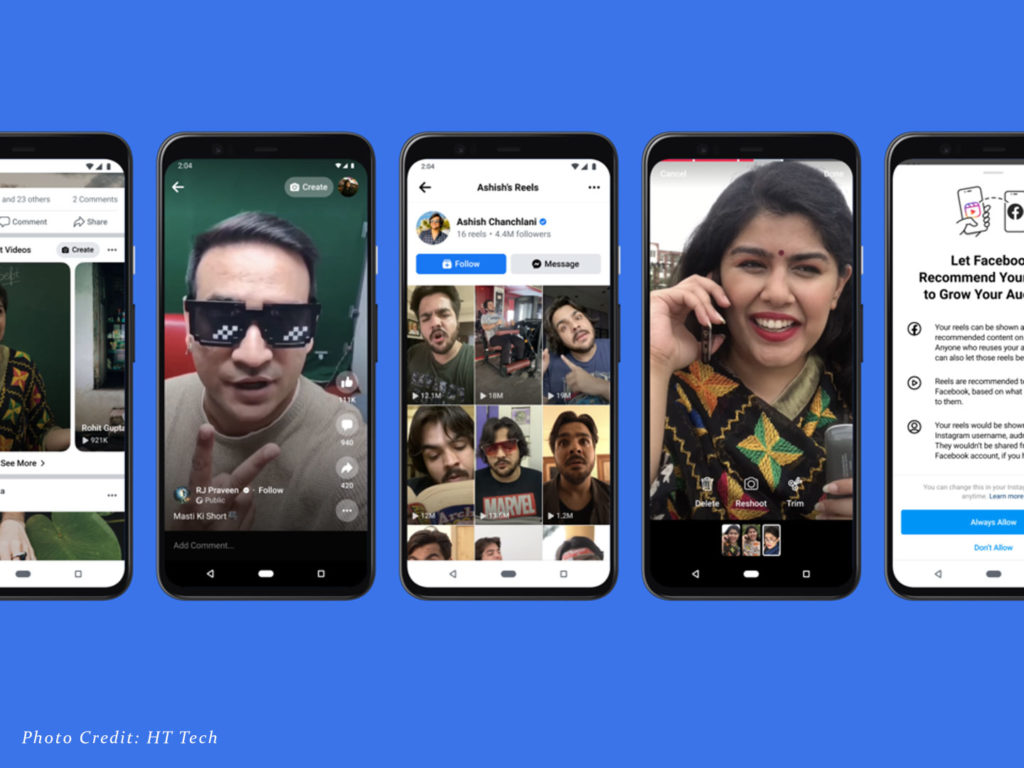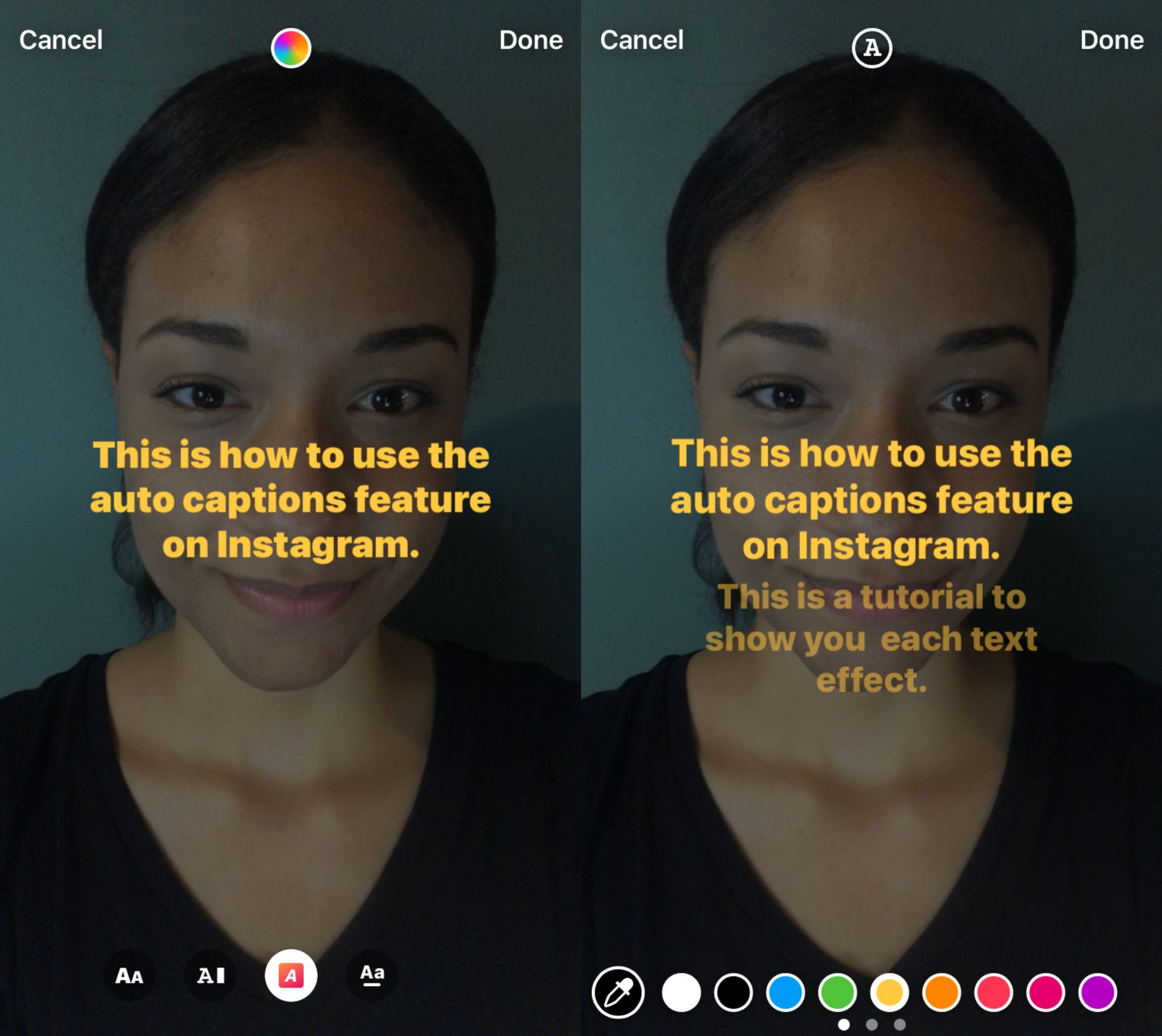

Next, we’ll translate that text with the Translate API.

We’ll start by transcribing audio to text using Google Cloud’s Speech-to-Text API. “AI-Powered Video Dubs.” It might not get you Netflix-quality results, but you can use it to localize online talks and YouTube videos in a pinch.
#AUTO CAPTION HOW TO#
So in this post, I’ll show you how to use machine learning to transcribe, translate, and voice-act videos from one language to another, i.e. Besides, even if you did use machine learning to translate a video, you couldn’t use a computer to dub… I mean, who would want to listen to machine voices for an entire season? It’d be awful. Translation is a careful art that can’t be automated, and requires the loving touch of a human hand. So what are you supposed to do? The answer is obviously not to ask a computer to transcribe, translate, and voice-act entire episodes of a TV show from Japanese to English. Other times, entire seasons of shows aren’t translated at all, and you’re left on the edge of your seat with only Wikipedia summaries and 90s web forums to ferry you through the darkness. Sometimes you get the subtitles (“subs”) but not the voicing (“dubs”). The problem with watching anime, though, is that short of learning Japanese, you become dependent on human translators and voice actors to port the content to your language. Alongside cooking for myself and walking laps around the house, Japanese cartoons (or “anime” as the kids are calling it) are something I’ve learned to love during quarantine.


 0 kommentar(er)
0 kommentar(er)
